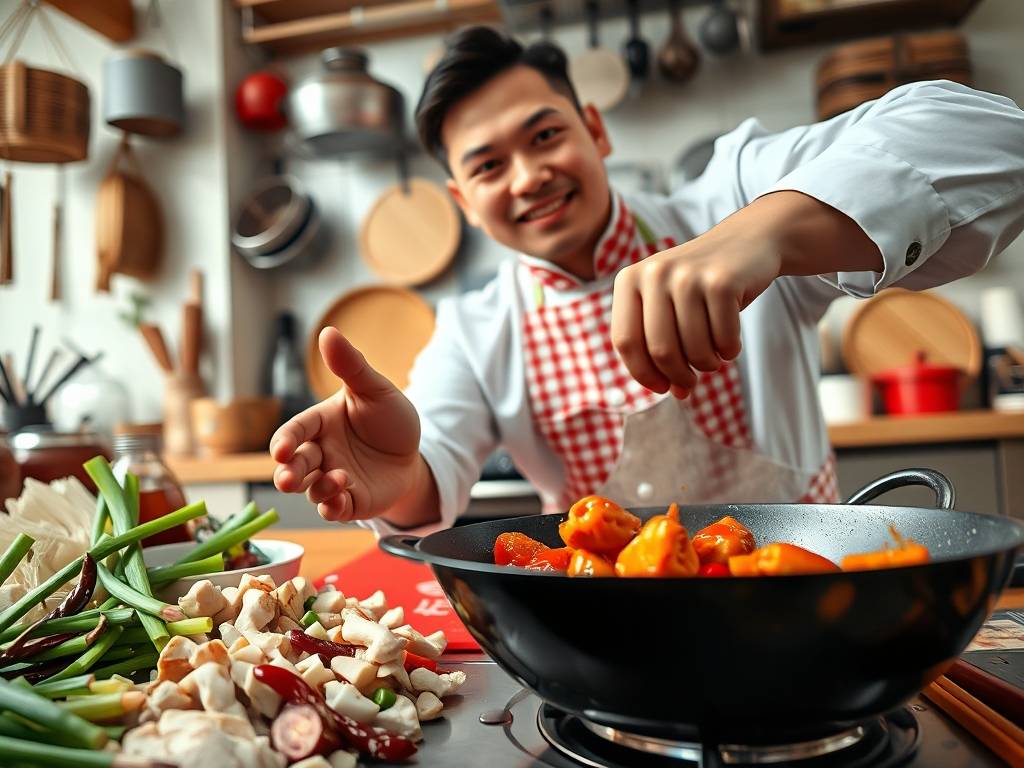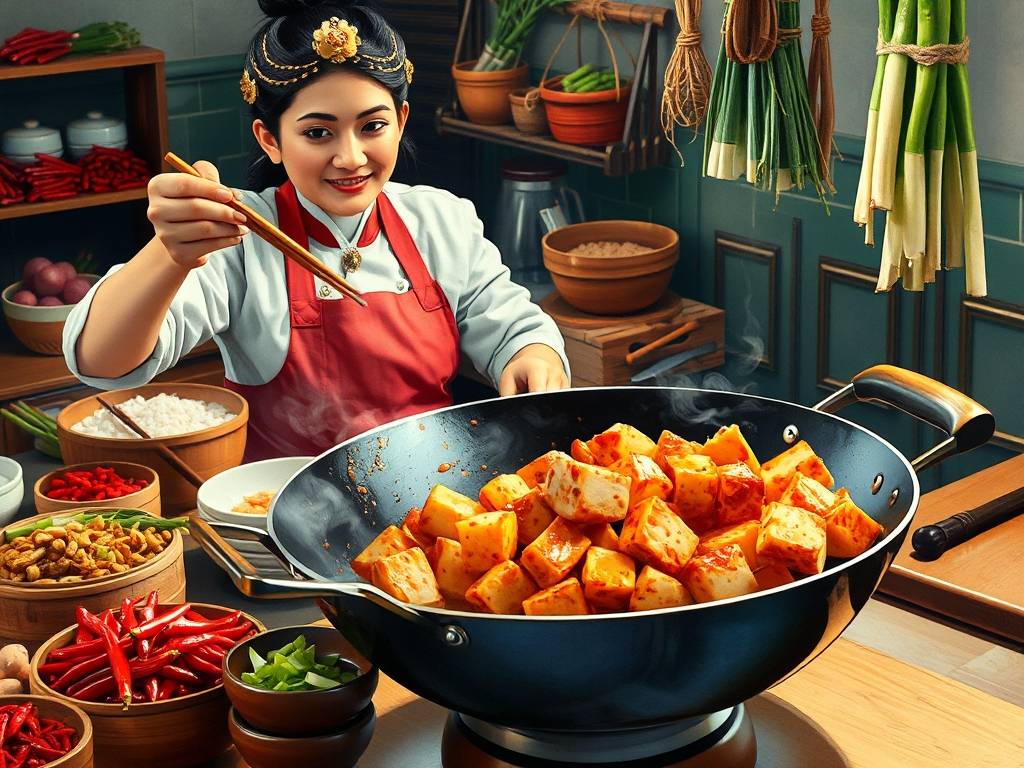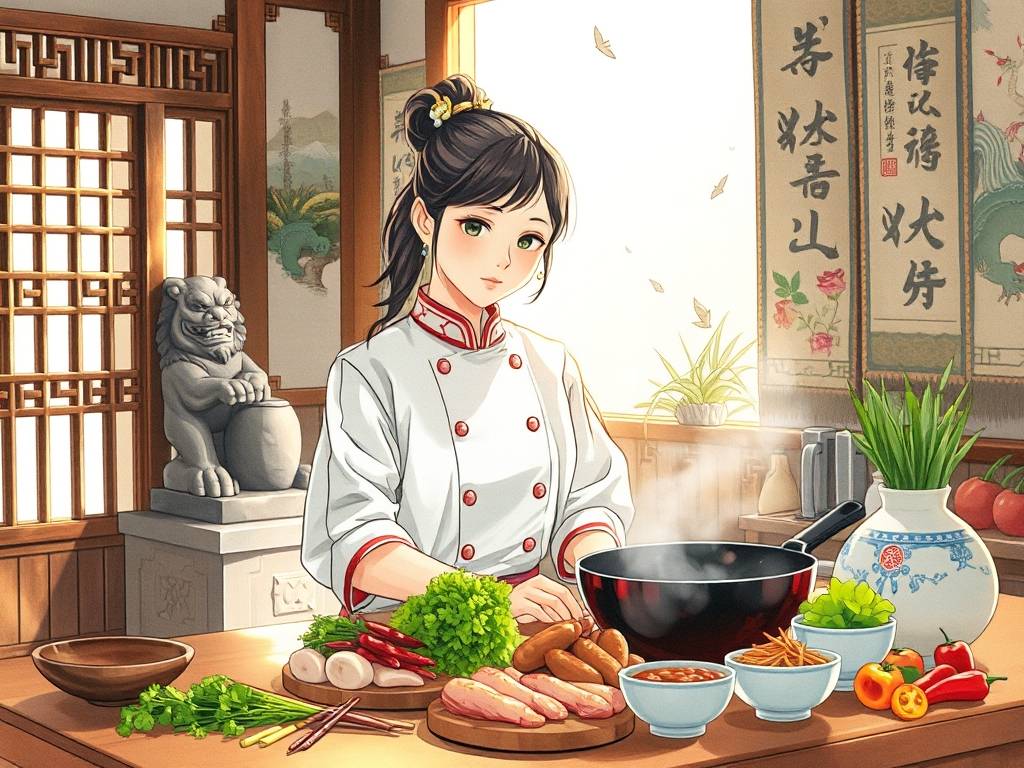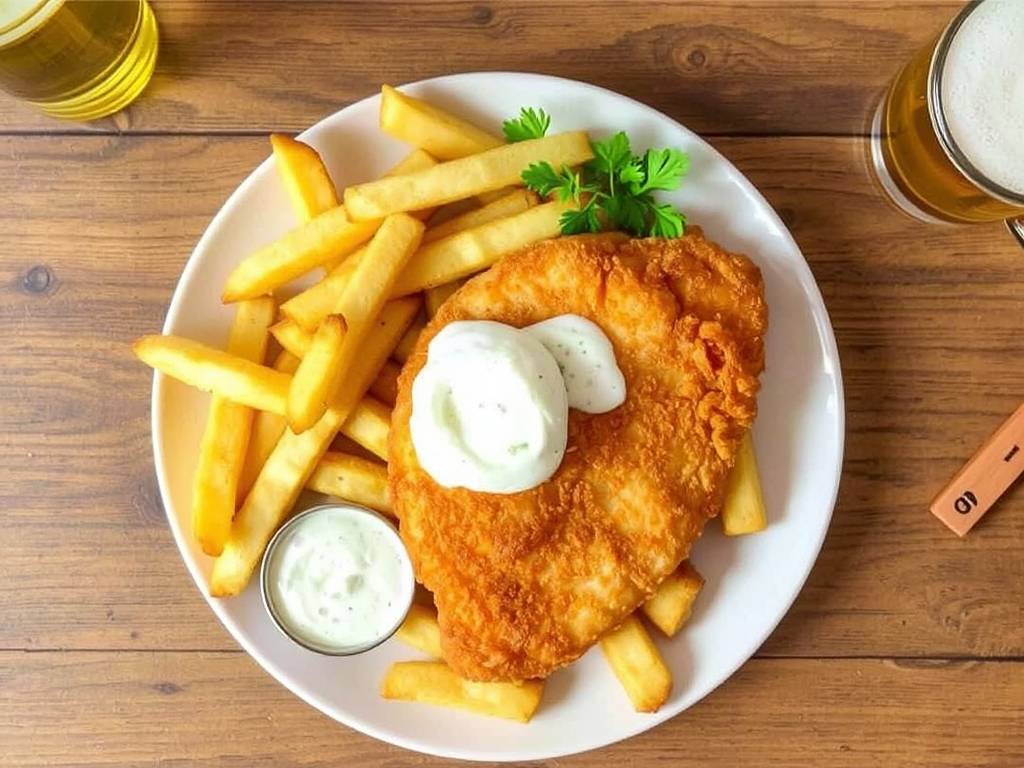How to Make Delicious Kung Pao Chicken at Home
 Kung Pao Chicken, a iconic Sichuan dish known globally for its bold balance of spicy, savory, sweet, and nutty flavors, is a staple in Chinese home cooking and restaurant menus alike. Unlike some adapted versions that tone down the heat or simplify the ingredients, authentic Kung Pao Chicken relies on a few key elements: tender chicken, crispy roasted peanuts, fragrant aromatics, and a glossy sauce that clings to every piece. Whether you’re new to Chinese cooking or looking to refine your skills, this step-by-step guide will help you recreate the genuine taste of Kung Pao Chicken in your kitchen—no professional tools required.
Kung Pao Chicken, a iconic Sichuan dish known globally for its bold balance of spicy, savory, sweet, and nutty flavors, is a staple in Chinese home cooking and restaurant menus alike. Unlike some adapted versions that tone down the heat or simplify the ingredients, authentic Kung Pao Chicken relies on a few key elements: tender chicken, crispy roasted peanuts, fragrant aromatics, and a glossy sauce that clings to every piece. Whether you’re new to Chinese cooking or looking to refine your skills, this step-by-step guide will help you recreate the genuine taste of Kung Pao Chicken in your kitchen—no professional tools required.

I. The Story Behind Kung Pao Chicken
II. Ingredients You’ll Need (Serves 3-4)
1. Main Ingredients
300g boneless, skinless chicken breast: Cut into 1cm (½-inch) cubes. Chicken breast is lean and tender, but you can use thigh meat for extra juiciness (adjust cooking time slightly, as thighs cook faster).

50g roasted unsalted peanuts: Roasted peanuts add crunch—avoid salted ones, as the sauce will already be salty. If you only have raw peanuts, roast them in a 180°C (350°F) oven for 8-10 minutes until golden.
2 dried red chilies: Cut into 2cm sections (remove seeds for less heat). Use Sichuan dried chilies for authentic flavor, but regular dried chilies work too.
1 tsp Sichuan peppercorns: Toast them lightly in a dry pan first to release their aroma (let cool, then crush slightly). This is optional but highly recommended for that classic “ma la” (numbing-spicy) taste.
2. Aromatics
2 cloves garlic: Minced finely. Garlic forms the base of the dish’s fragrance.
1 tbsp fresh ginger: Shredded into thin strips. Ginger cuts through the richness and balances the heat.
2 green onions: Cut into 5cm sections (white and green parts separated—white parts for sautéing, green parts for garnish).
3. Marinade for Chicken
1 tbsp light soy sauce: Adds saltiness and umami.
1 tsp cornstarch: Tenderizes the chicken and helps the sauce cling to it.
1 tsp Shaoxing wine (or dry sherry): Removes any subtle chicken 腥味 (gamey taste). Omit if you don’t have it, but it enhances the flavor.
½ tsp white pepper: Adds a mild, earthy heat (optional).
4. Sauce Mixture (Critical for Flavor!)
1 tbsp light soy sauce
1 tsp dark soy sauce: For color (don’t overdo it—too much makes the dish bitter).
1 tbsp rice vinegar: Adds tang to cut through the sweetness.
1 tbsp brown sugar (or white sugar): Balances the spice and vinegar.
2 tbsp water: Helps thin the sauce slightly.
1 tsp cornstarch: Thickens the sauce into a glossy coating.
III. Step-by-Step Cooking Instructions
Step 1: Marinate the Chicken (15 Minutes)
Step 2: Prep All Ingredients (Mise en Place)
Step 3: Sauté the Aromatics (30 Seconds)
Step 4: Stir-Fry the Chicken (3-4 Minutes)
Step 5: Cook the Sauce and Combine (2-3 Minutes)
Step 6: Add Peanuts and Finish (30 Seconds)
IV. Serving and Pro Tips for Perfection
Don’t overcook the chicken: Chicken breast dries out quickly—cook it until it’s just tender, not tough. The 80% cook time in step 4 ensures it stays juicy.
Toast Sichuan peppercorns: Toasting releases their unique numbing flavor—skip this, and you’ll miss out on authentic Sichuan taste.
Use fresh ingredients: Old garlic or ginger will lack aroma, and stale peanuts won’t be crispy.
Adjust heat to taste: Add more dried chilies for extra spice, or omit Sichuan peppercorns if you don’t like the numbing sensation.
Don’t skip the sauce prep: Mixing the sauce ahead of time prevents lumps and ensures the flavors are well combined.
V. Why This Recipe Works







发表评论